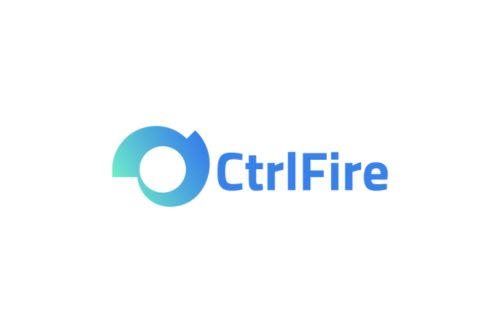What is Browser Automation Technology?

Introduction
Browser automation technology refers to the use of software tools and scripts to automate tasks performed within a web browser. These tasks can range from simple actions like filling out forms and clicking buttons to more complex processes like web scraping, data extraction, and automated testing.
How Browser Automation Technology Works
Browser automation technology operates by simulating user interactions with web pages. This is typically done through scripts or specialized tools that can control a browser programmatically.
- Script-Based Automation: Uses languages like Python or JavaScript to create scripts that mimic user actions.
- Tool-Based Automation: Employs software like Selenium or Puppeteer to execute tasks within a browser.
Applications of Browser Automation Technology
Web Scraping and Data Extraction
Automate the process of collecting data from websites for analysis or reporting.
- Content Aggregation: Gather data from multiple sources.
- Market Research: Collect competitive data and customer insights.
Automated Testing
Perform testing on web applications to ensure they function correctly across different browsers and devices.
- Regression Testing: Check for bugs after updates.
- Cross-Browser Testing: Ensure compatibility across multiple browsers.
Form Filling and Data Entry
Automate repetitive tasks such as filling out online forms or entering data into web applications.
- Data Consistency: Ensure accuracy and reduce human error.
- Time Efficiency: Speed up processes that would otherwise take significant manual effort.
Benefits of Browser Automation Technology
Efficiency
Automating repetitive tasks frees up time and resources, allowing teams to focus on more strategic activities.
- Time Savings: Reduce manual effort and increase productivity.
- Cost-Effective: Automate tasks that would require significant labor.
Accuracy
Automation ensures tasks are performed consistently, reducing the likelihood of errors that can occur with manual input.
- Error Reduction: Minimize mistakes in data entry and processing.
- Consistency: Ensure uniform execution of tasks.
Scalability
Browser automation technology can handle large volumes of tasks simultaneously, making it ideal for scaling operations.
- Mass Automation: Perform multiple tasks at scale without additional manpower.
- Adaptability: Easily scale your automation efforts as your business grows.
Tools for Browser Automation Technology
Several tools are commonly used for browser automation:
- Selenium: A popular tool for automating browsers, particularly in testing web applications.
- Puppeteer: A Node.js library for controlling headless Chrome or Chromium browsers, often used for scraping and testing.
Best Practices for Implementing Browser Automation
- Identify Key Processes: Determine which tasks will benefit most from automation.
- Select Appropriate Tools: Choose tools that align with your technical expertise and automation needs.
- Maintain Code Quality: Write maintainable and scalable scripts.
- Monitor Automation: Regularly review the performance of automated tasks and optimize them.
About CTRL Fire
CTRL Fire specializes in browser automation technology that helps businesses streamline online operations and enhance efficiency. Our solutions are designed to automate repetitive tasks, improve accuracy, and scale operations effectively.
Conclusion
Browser automation technology is a powerful tool for businesses looking to enhance efficiency, reduce manual errors, and scale operations. By understanding its applications and implementing best practices, businesses can leverage this technology to achieve their goals. For more information on CTRL Fire and its browser automation solutions, visit CTRL Fire.
To learn more about related topics, you can also check out these articles:
- Discover The Ultimate Guide to Browser Automation for a comprehensive overview.
- Learn more about Benefits of Browser Automation for detailed insights.
- Explore Implementing Automated Browser Workflows for a step-by-step guide.
Recent Posts
- Malaysia’s Social Media Obsession: Who’s Winning the Digital Throne?
- China’s Festive Momentum: Tapping into Cultural Trends
- The Incognito Illusion: What Incognito Mode Won’t Protect You From
- Marketing in the Age of Restrictions: Reinventing Alcohol Ads
- Social Media Unfiltered: A Controversy of Content Moderation vs. Free Speech.





